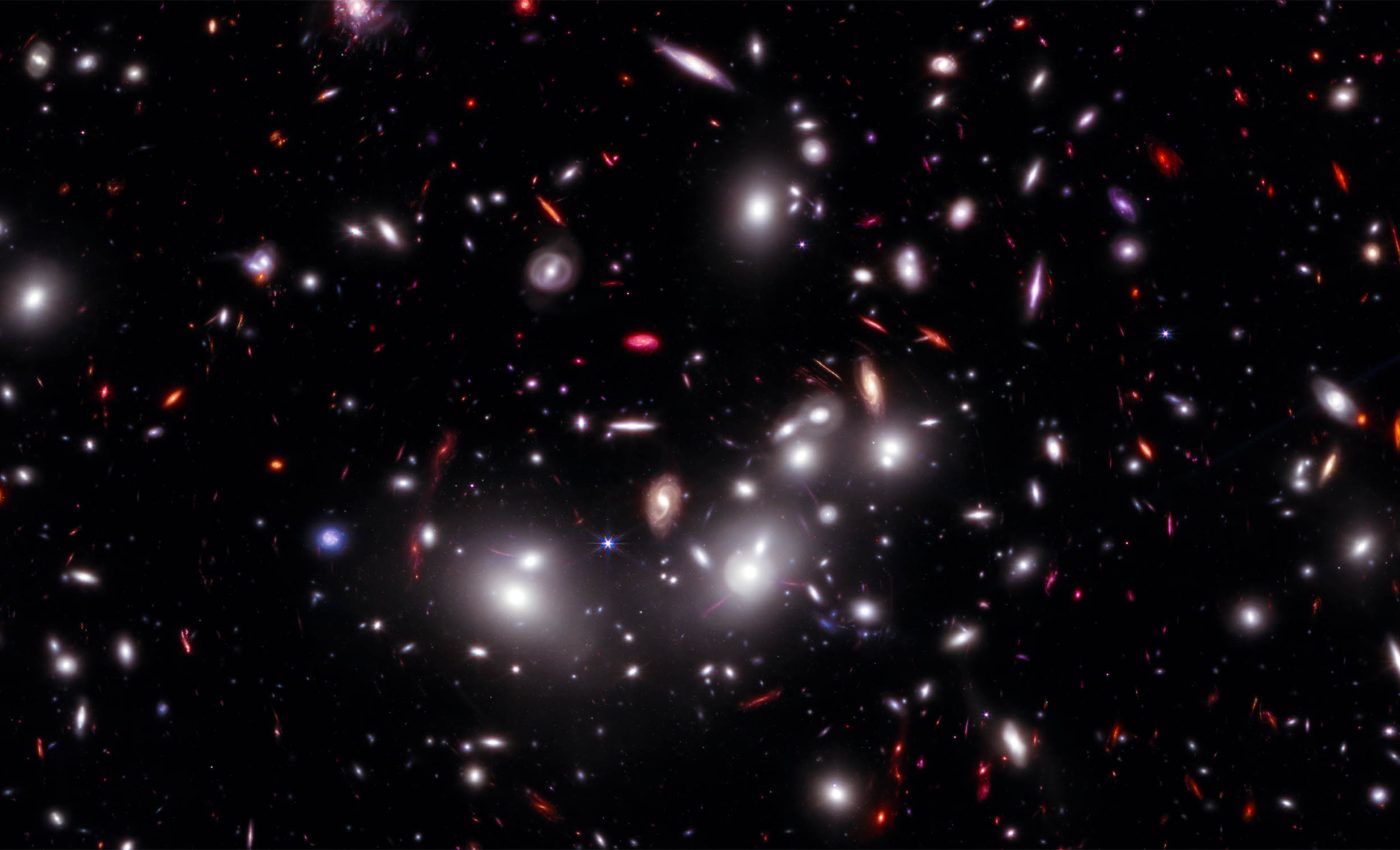
Galaxies in clusters are bigger than galaxies flying solo in the universe
For decades, scientists have been exploring the vast universe and have noticed something interesting about galaxy size. Some galaxies are packed closely together with tons of others, while others seem to float alone in space.
So, what does this mean for the galaxies themselves? A new study sheds light on how a galaxy’s surroundings might directly affect its size, raising questions about how we understand galaxy formation and evolution.
Dr. Aritra Ghosh, a postdoctoral researcher in astronomy at the University of Washington, led this fascinating research alongside an international team of astrophysicists.
Their findings show that galaxies in denser parts of the universe are usually larger than those that are more isolated.
This study isn’t just about the size differences; it also challenges some of the existing theories on how galaxies form.
Big data, big discoveries
Understanding the universe takes a ridiculous amount of data. Past studies on galaxy sizes have given us mixed results, mainly because they focused on just a few thousand galaxies.
Dr. Ghosh and his team wanted to change that by using data from the Hyper Suprime-Cam Subaru Strategic Program, which was run with the Subaru Telescope in Hawaii.
This survey snapped high-res images of millions of galaxies, letting the team analyze around 3 million galaxies in incredible detail.
But they didn’t stop at just collecting data. The research team used a machine learning tool called GaMPEN (Galaxy Morphology Posterior Estimation Network), which Dr. Ghosh created during his time at Yale.
GaMPEN not only measured the sizes of these galaxies but also factored in uncertainties in those measurements, leading to a more accurate analysis. Thanks to this tech, the team uncovered a clear trend: galaxies that have more neighbors tend to be larger.
Why galaxy size matters
The idea that clustered galaxies are bigger than their isolated ones brings up some fascinating questions.
Were these galaxies always larger since they formed, or did their interactions with nearby galaxies help them grow?
There are plenty of theories, and dark matter — a mysterious substance making up most of the universe’s mass — might be involved.
Galaxies form within dark matter halos, and the gravitational pull from these halos plays a key role in how galaxies develop.
Dr. Ghosh points out that densely clustered galaxies could merge more efficiently with their neighbors, which might explain their larger size. But he also notes this is just one of many possible explanations.
“Theoretical astrophysicists will need to conduct more extensive studies using simulations to really figure out why galaxies with more neighbors tend to be larger,” Ghosh said.
GaMPEN: Role of machine learning in astronomy
The success of this study relies not just on the huge dataset but also on some clever machine learning. GaMPEN, the tool created by Dr. Ghosh, has been instrumental in accurately measuring galaxy sizes and understanding their surroundings.
Unlike traditional methods, GaMPEN uses statistical models that factor in uncertainties, making it a real game-changer in astronomy.
“Figuring this out isn’t just about surveying a ton of galaxies,” Dr. Ghosh said. “You also need solid statistical analysis, and part of that comes from machine learning tools that can really nail down the uncertainties in our measurements of galaxy properties.”
The impact of this tool goes way beyond this study. GaMPEN is available for free online, and its flexibility means it can be used to analyze other big astronomical surveys in the future.
As astronomy heads into the big data era, especially with new telescopes like the Vera C. Rubin Observatory in Chile gearing up to gather tons of cosmic data, tools like GaMPEN are going to be essential.
Galaxy size and astronomical research
The findings from this study are just the tip of the iceberg. They show how crucial large-scale data and advanced analytical tools are for tackling long-standing debates in astrophysics.
As Dr. Ghosh pointed out, “Very soon, large datasets will be the norm in astronomy. This study is a great example of what you can do with them — when you have the right tools.”
Looking ahead, the link between galaxy size and environment is likely to be a big focus for future research.
Figuring out why some galaxies grow larger than others based on their surroundings could give us some key insights into the life cycle of galaxies and how dark matter shapes the universe.
The next steps will involve more detailed simulations and perhaps the discovery of new factors that influence galaxy size.
With tools like GaMPEN and the increasing availability of massive datasets, the field of astronomy is poised to make even more groundbreaking discoveries in the coming years.
The study is published in The Astrophysical Journal.
—–
Like what you read? Subscribe to our newsletter for engaging articles, exclusive content, and the latest updates.
Check us out on EarthSnap, a free app brought to you by Eric Ralls and Earth.com.
—–













